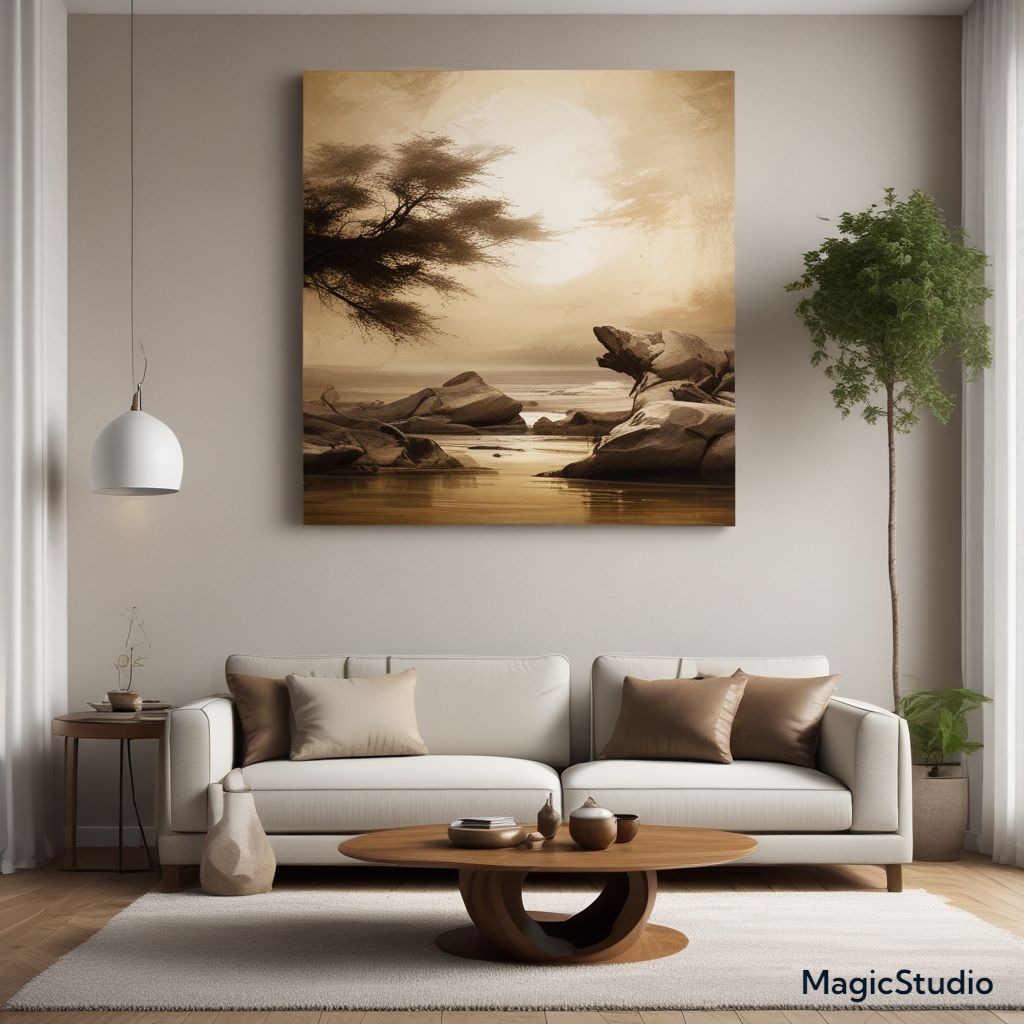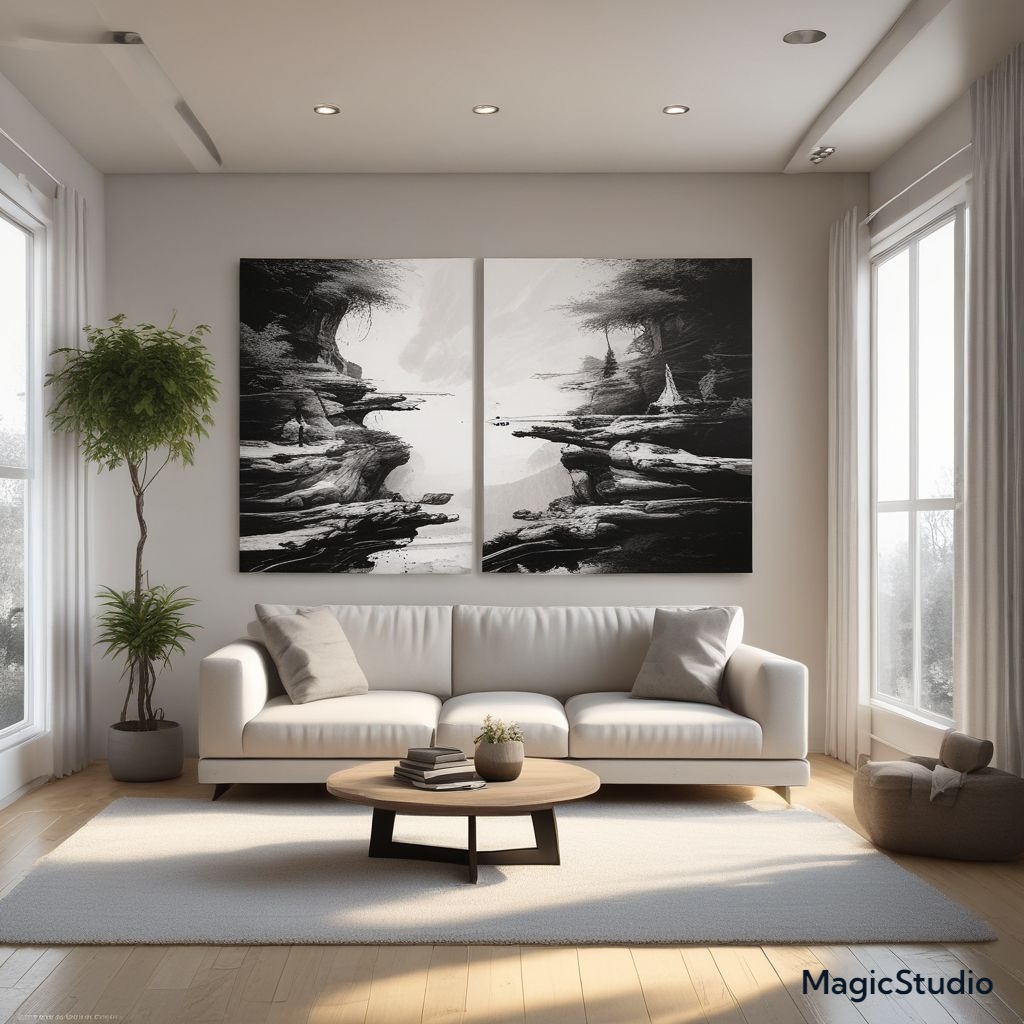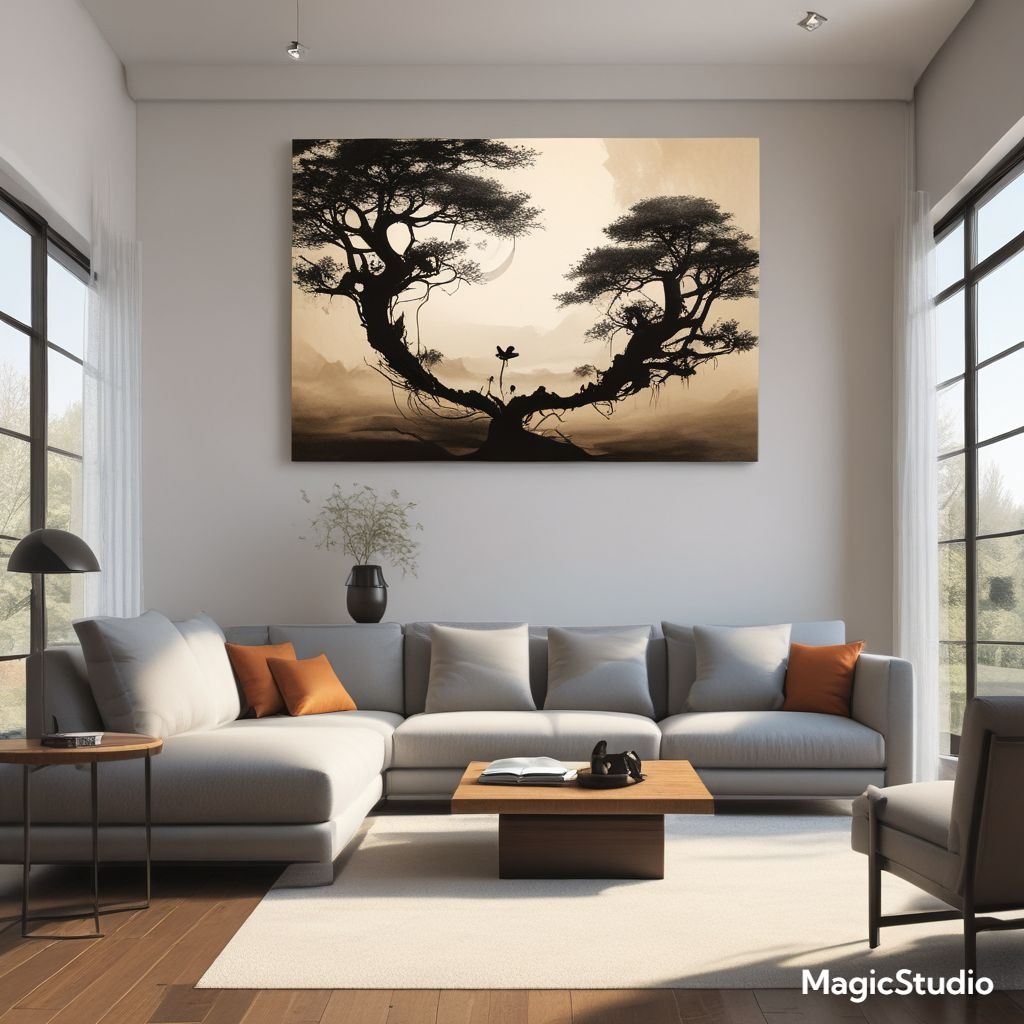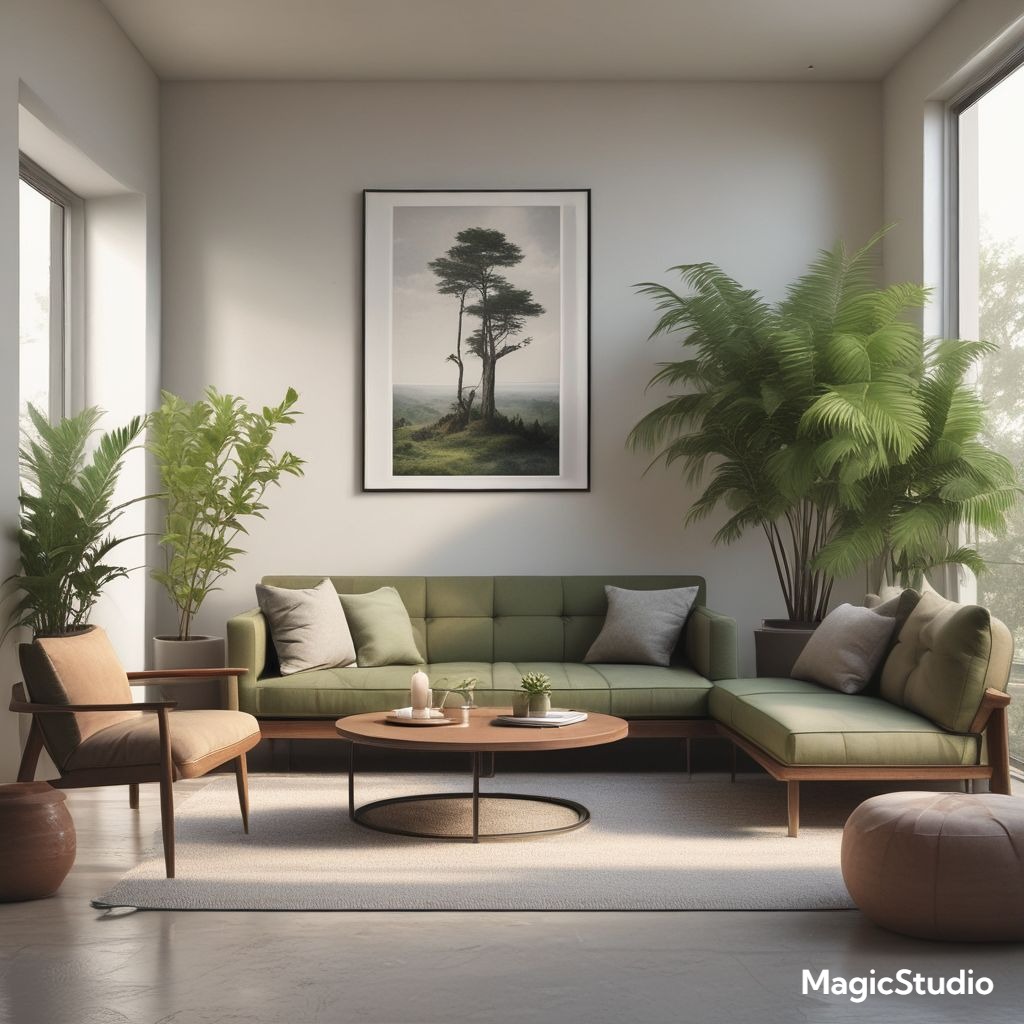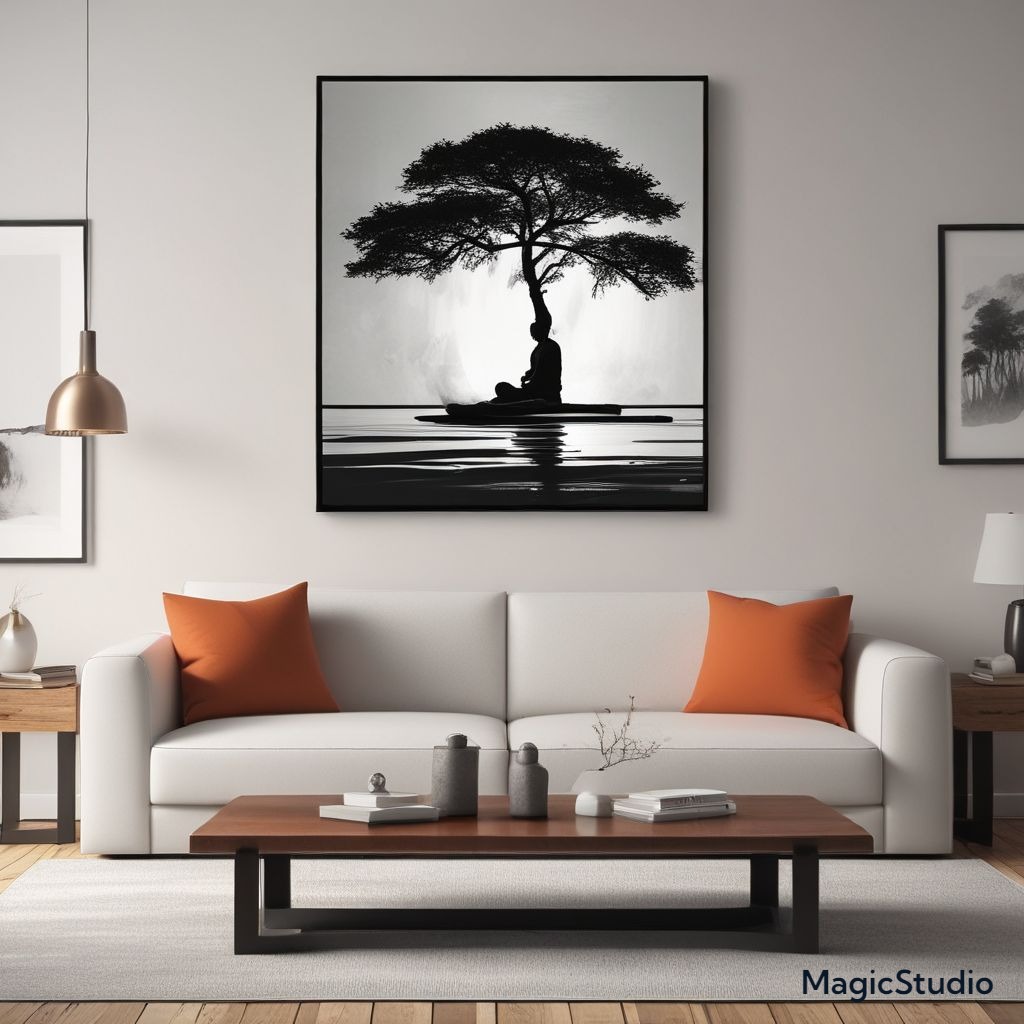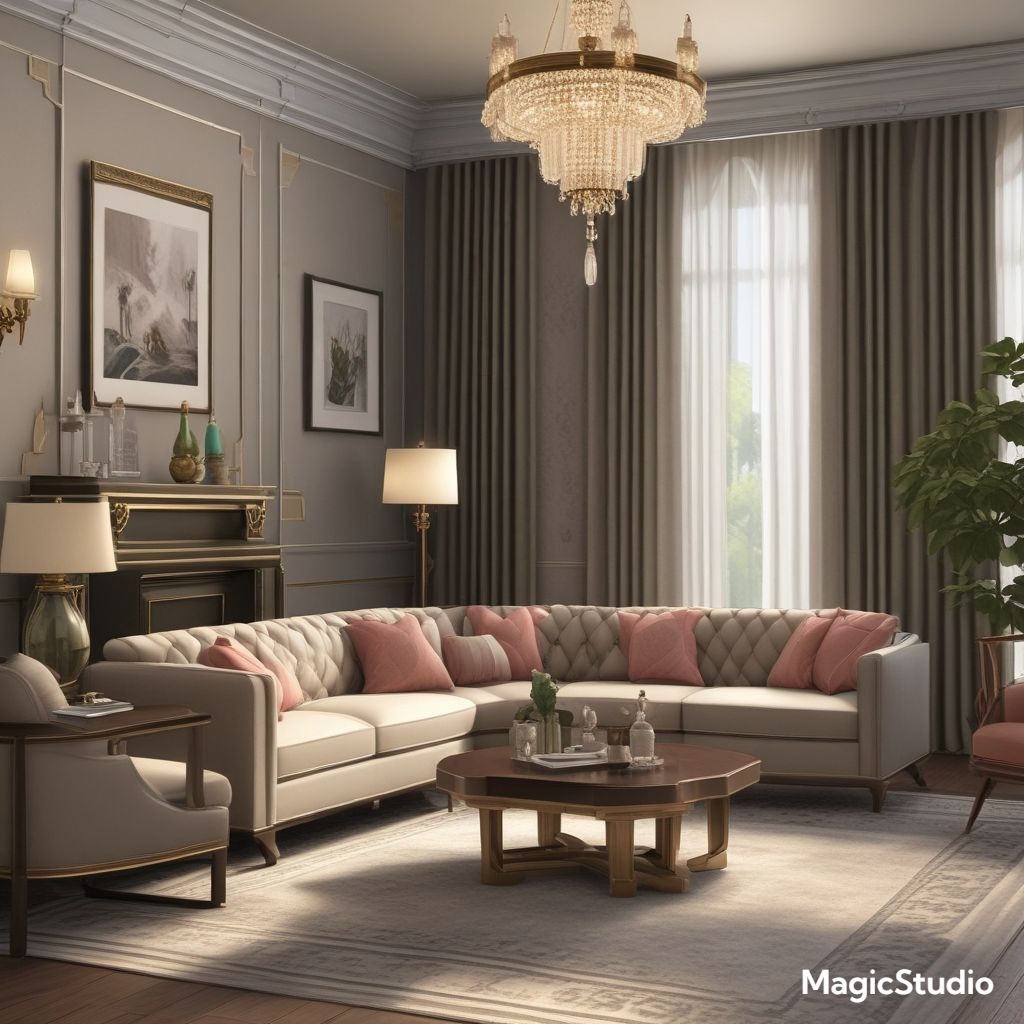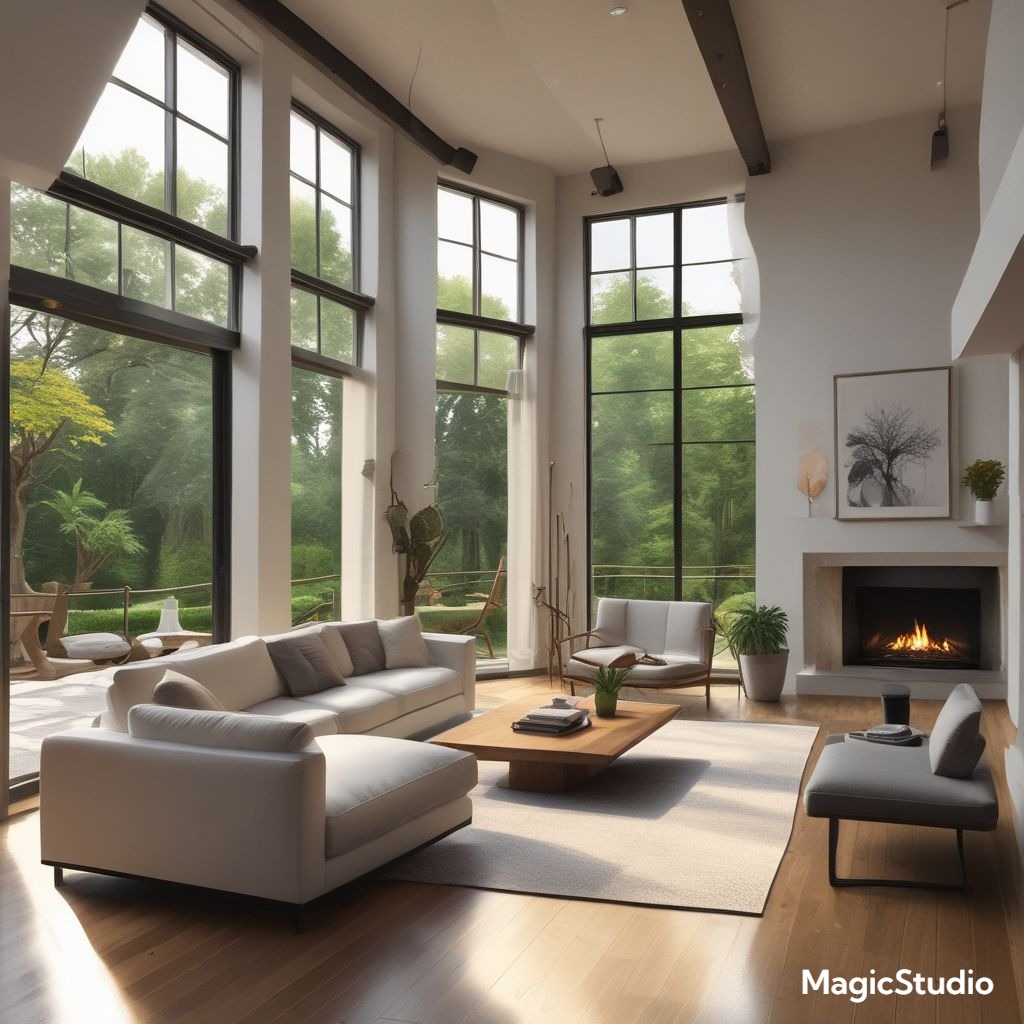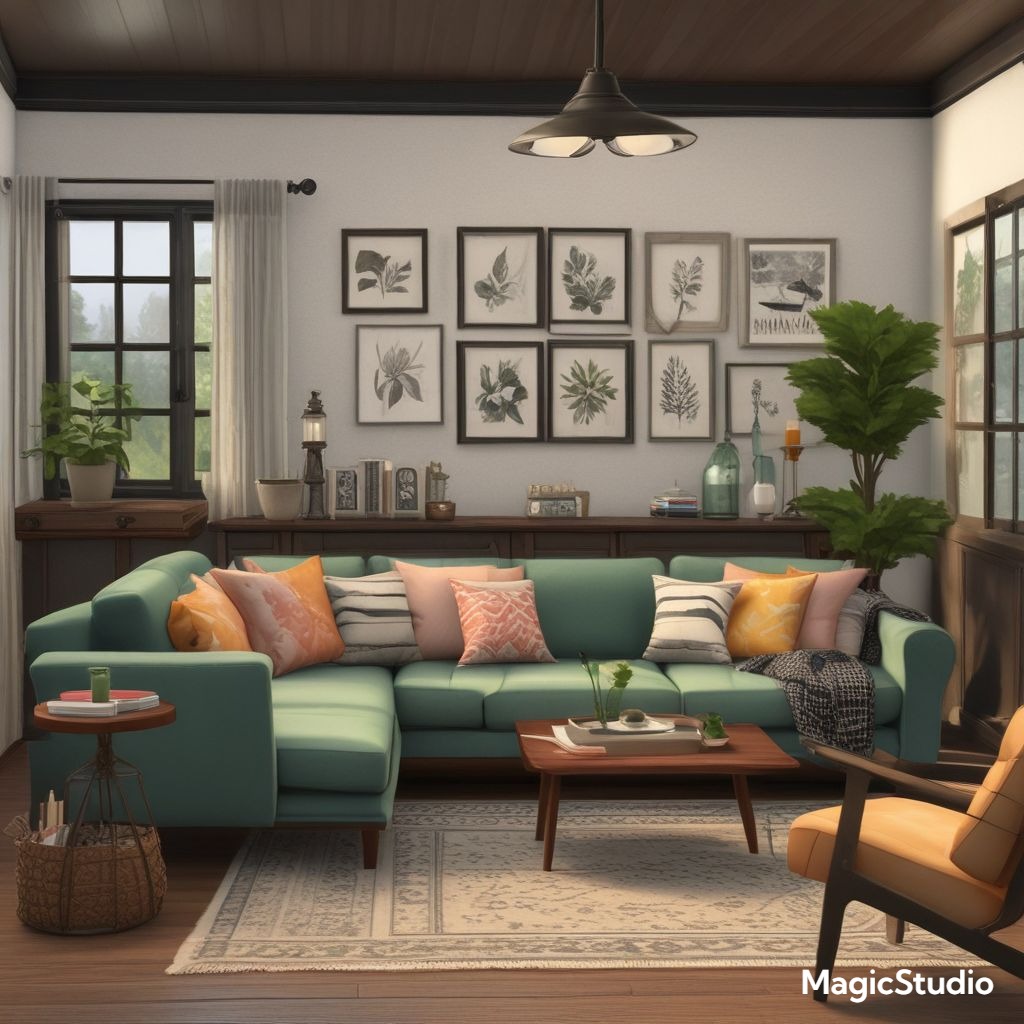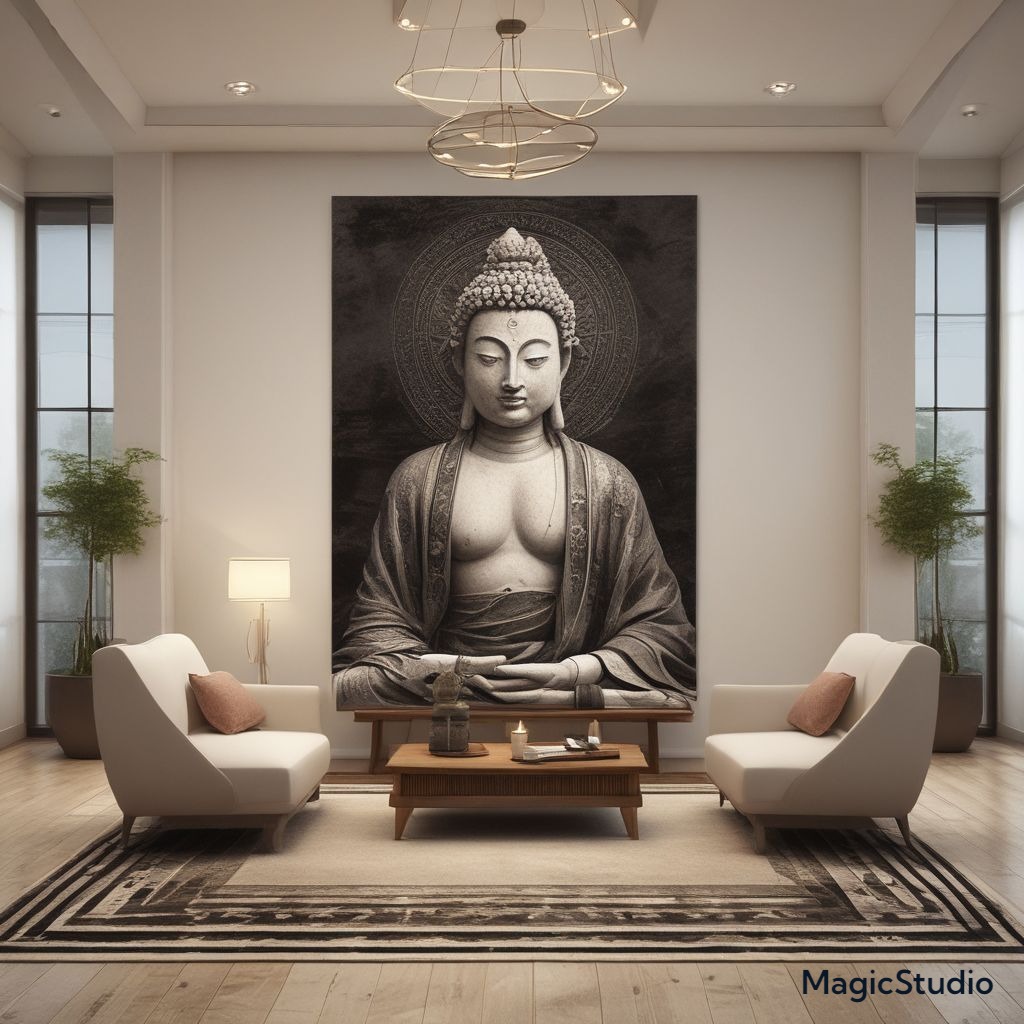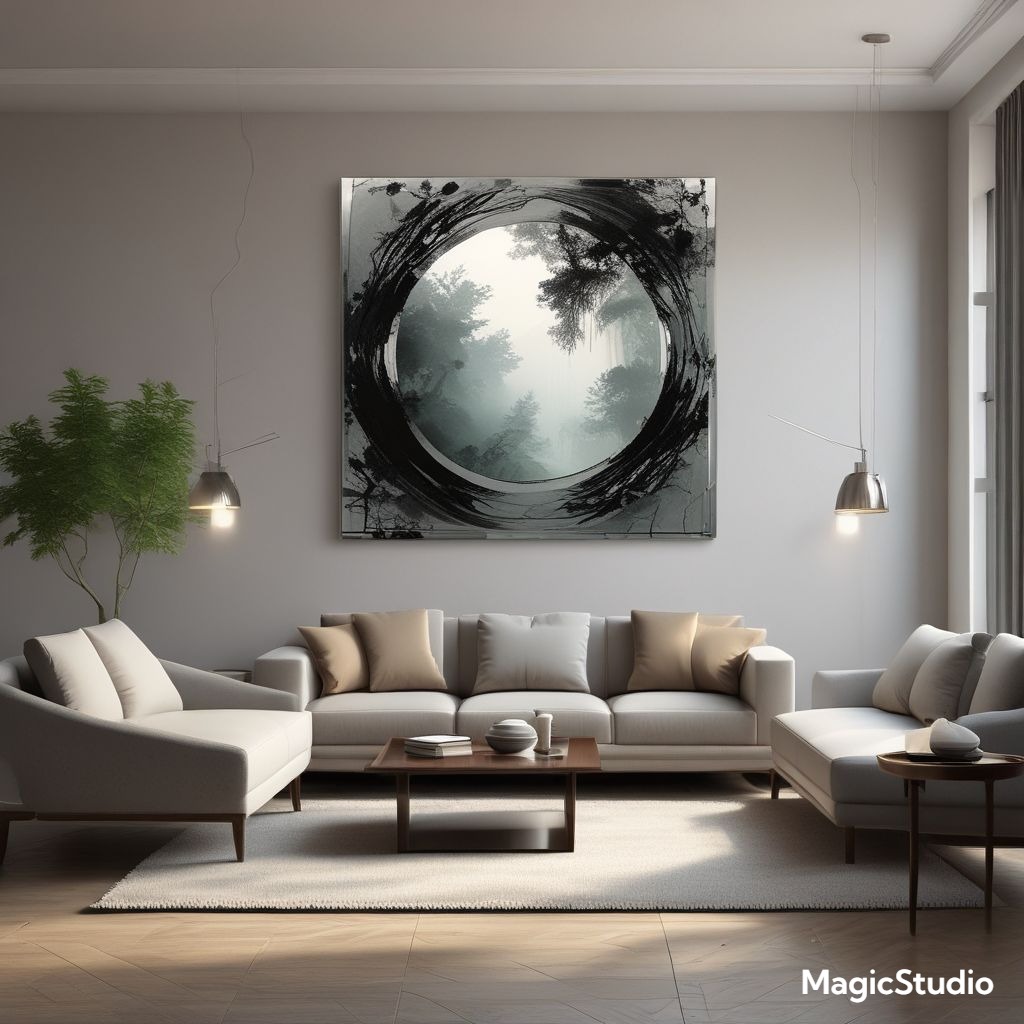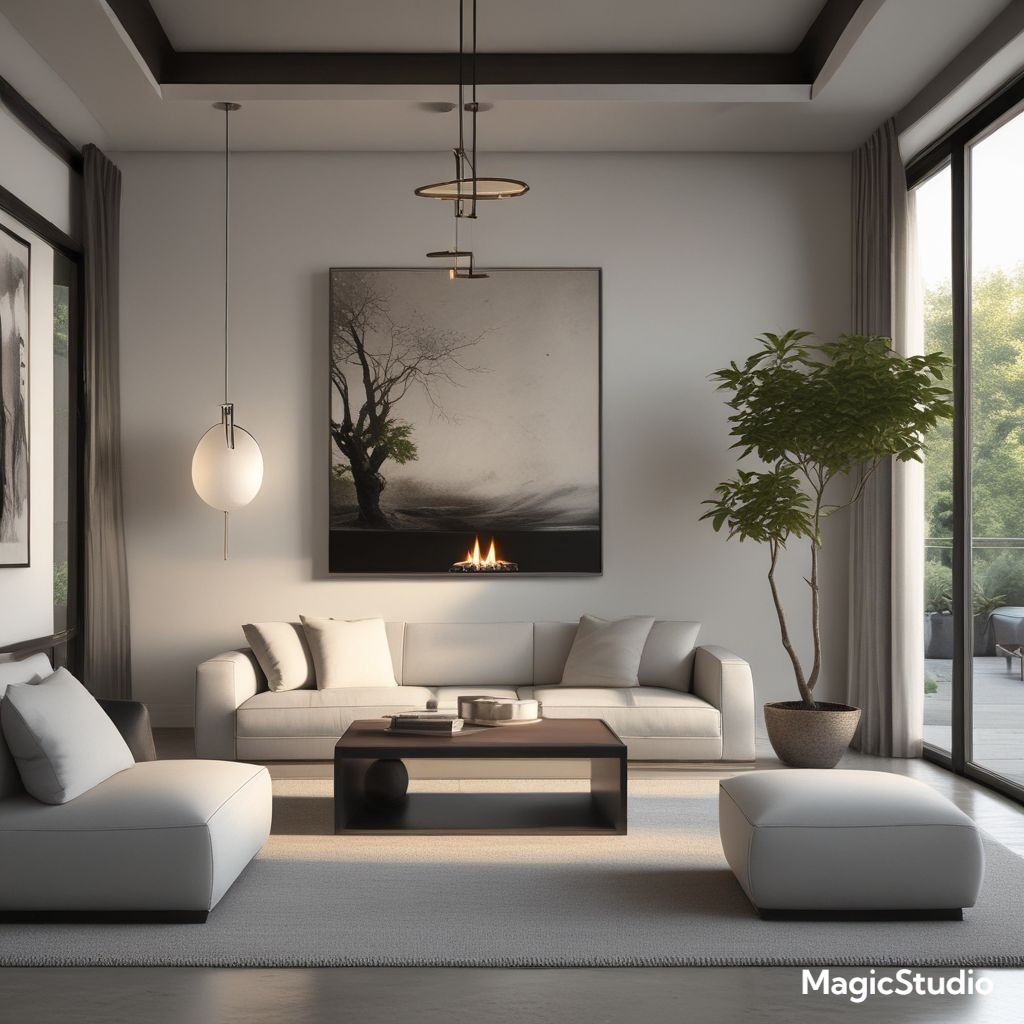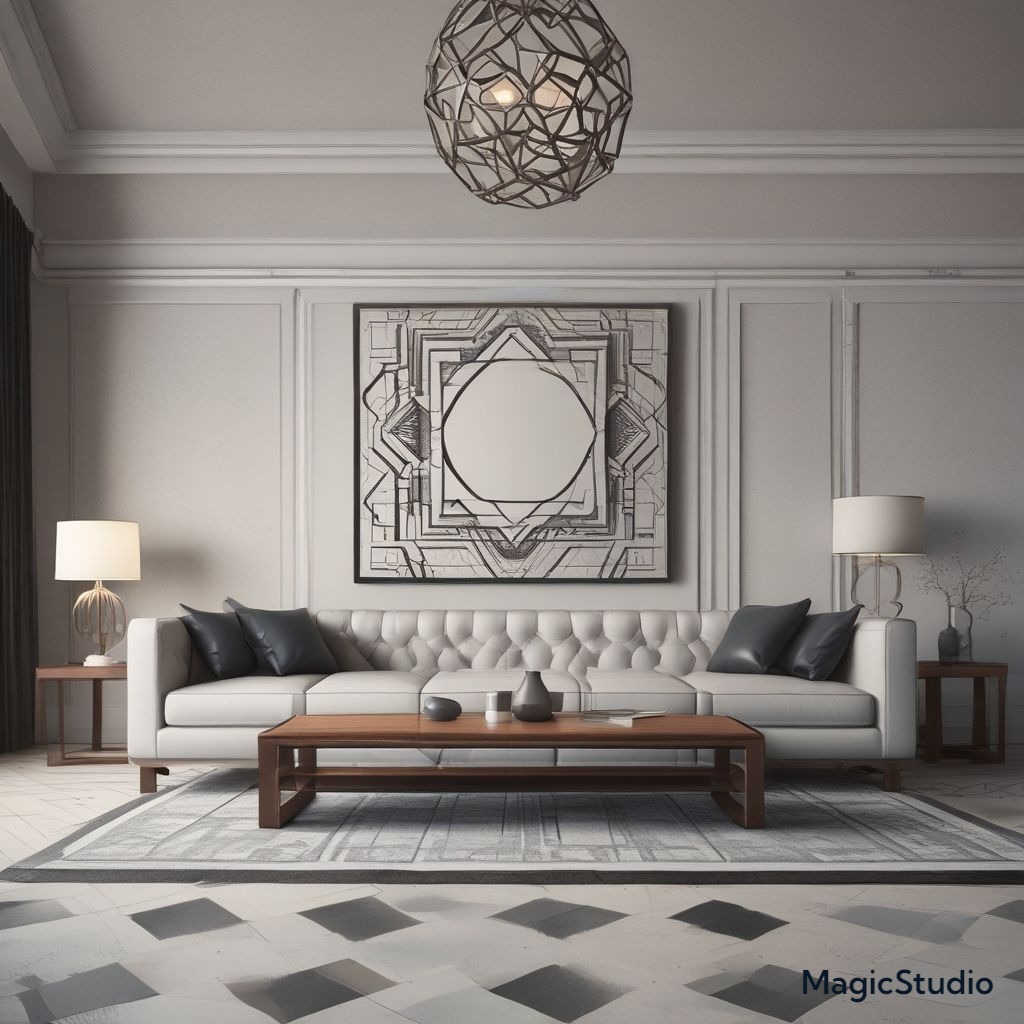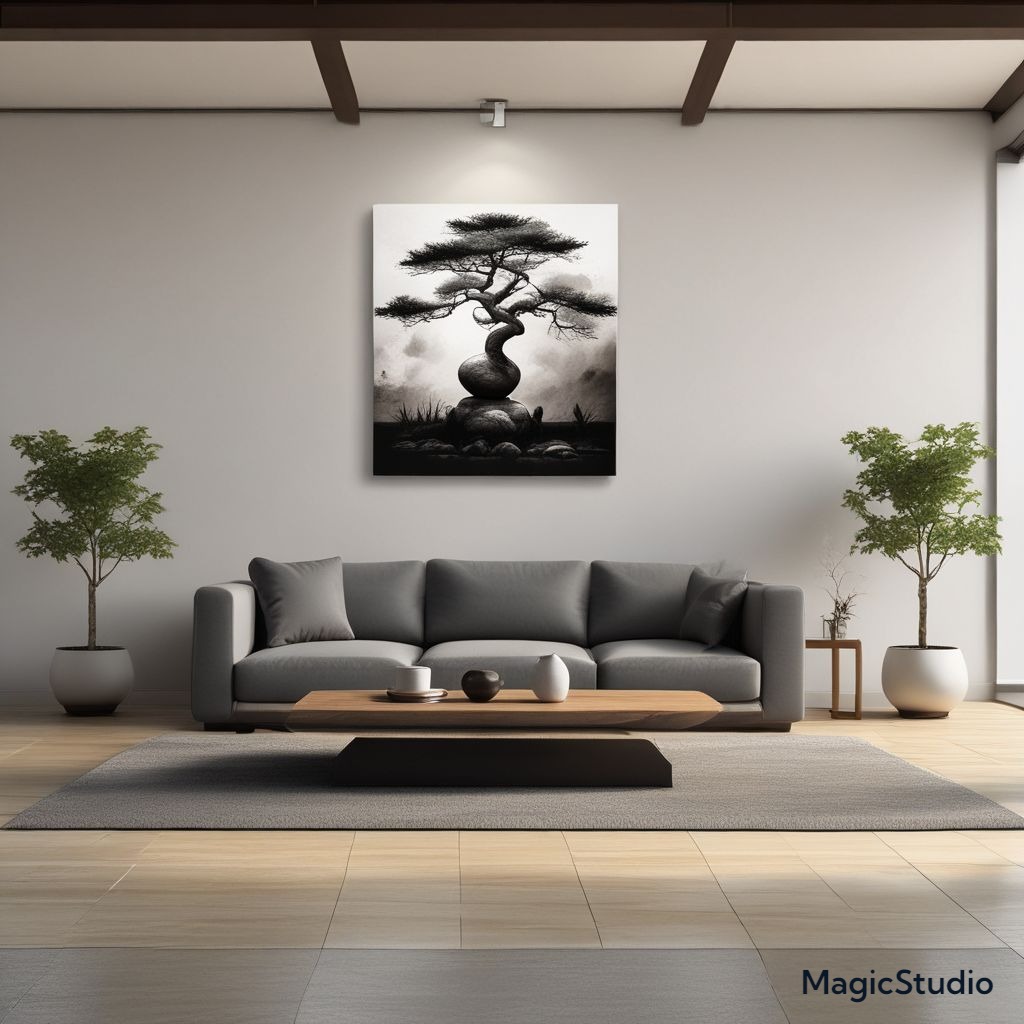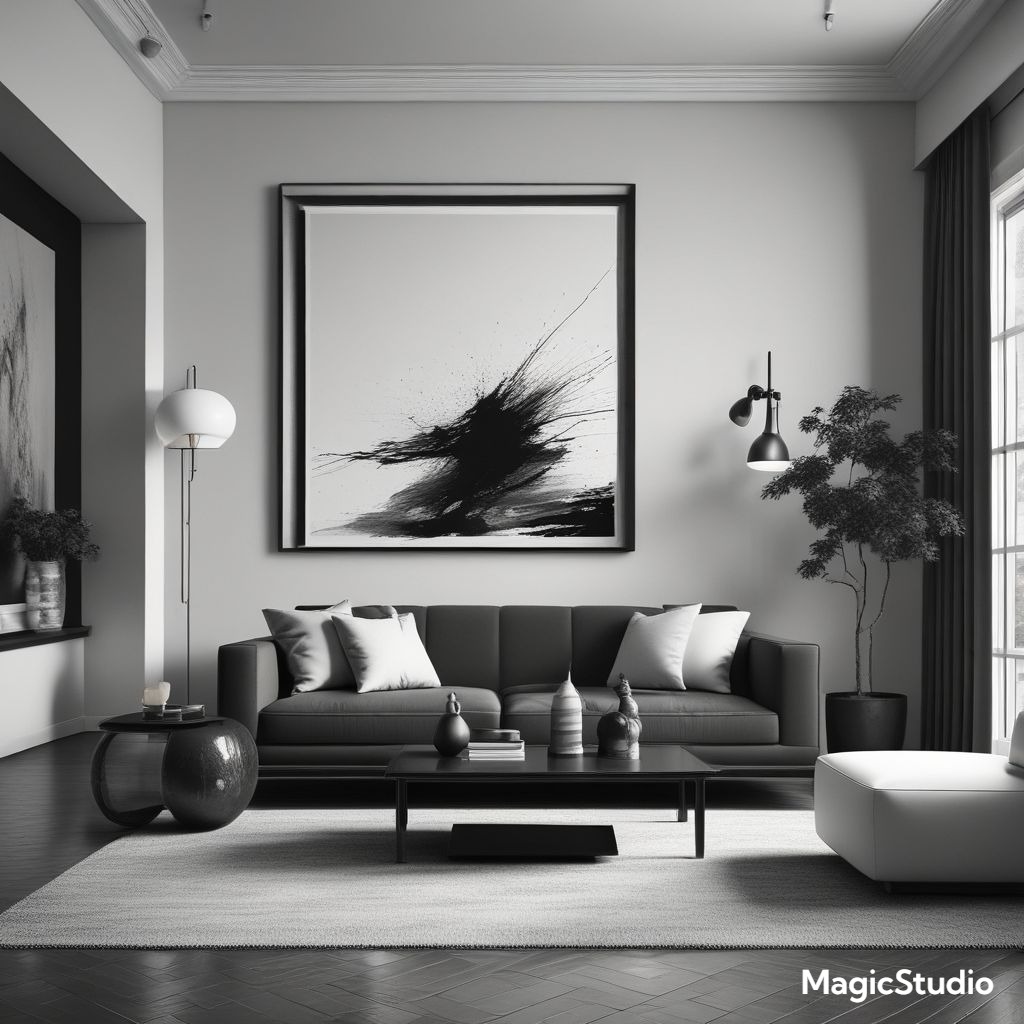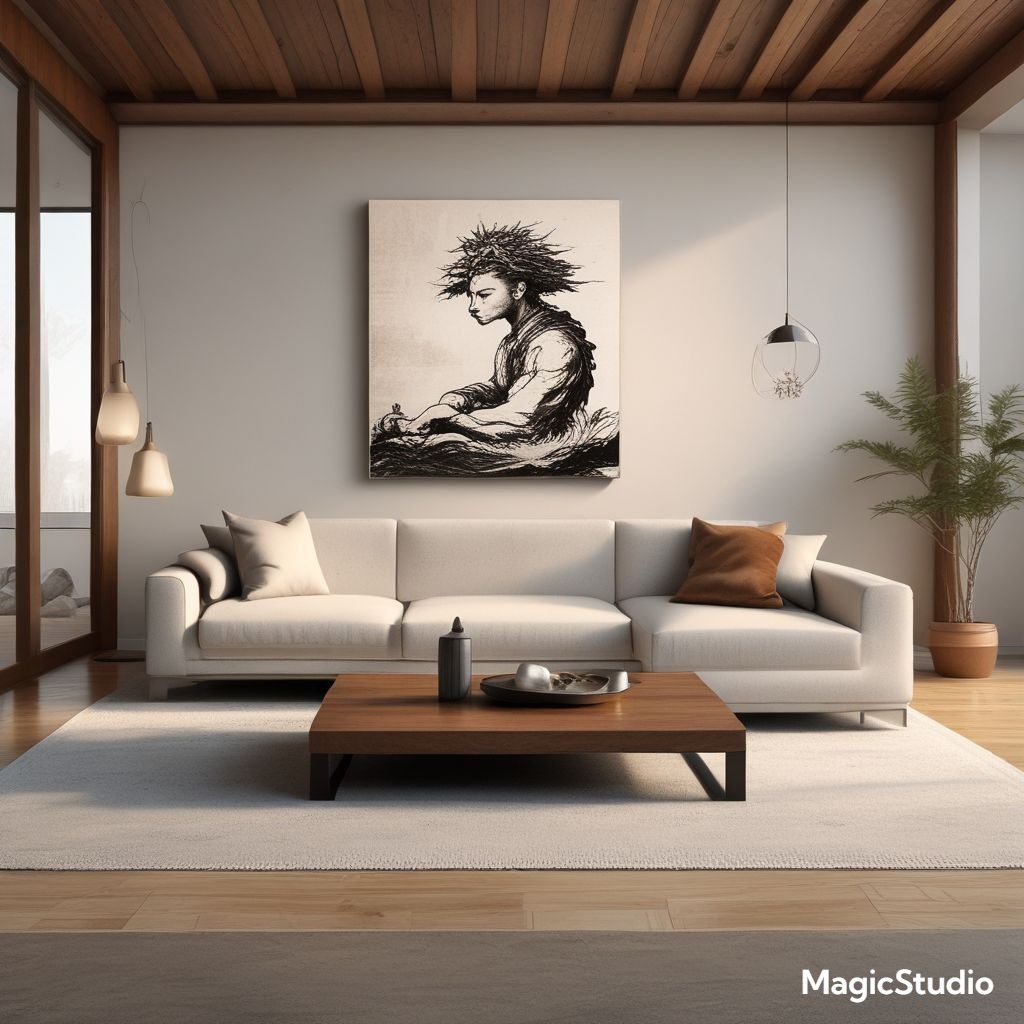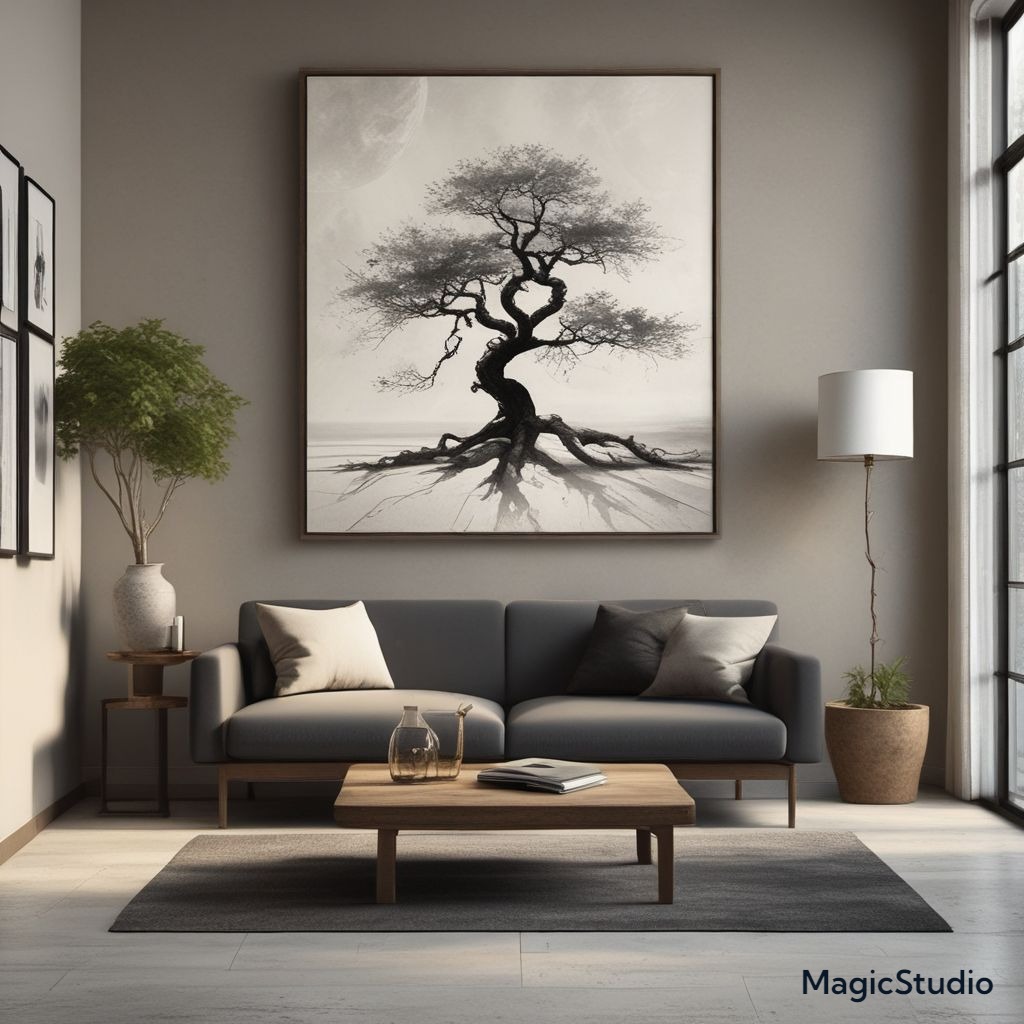A minimalist Zen living room is a sanctuary of peace and tranquility. It embodies simplicity, functionality, and a harmonious connection with nature. By embracing the principles of Zen philosophy, you can create a space that promotes relaxation, mindfulness, and a sense of calm. Here are 26 design ideas to inspire your minimalist Zen living room decor.
Earthy Neutrals and Natural Textures
Create a soothing and grounding atmosphere with a palette of earthy neutrals. Opt for warm beige, soft gray, or muted brown as your base colors. Incorporate natural textures like woven rugs, bamboo furniture, and linen curtains to add warmth and depth. The use of natural elements brings a sense of serenity and connects you with the outdoors. This color scheme is popular in both the US and EU as it offers a timeless and versatile foundation for any style.
Monochromatic Harmony
Embrace the beauty of simplicity with a monochromatic color scheme. Choose a single color and explore its different shades and tones. For a classic and elegant look, consider shades of gray or black. For a touch of warmth, opt for a range of browns or beige. A monochromatic color scheme creates a sense of unity and visual balance, enhancing the minimalist aesthetic.
Natural Light and Minimal Windows
Maximize natural light by using large windows and minimizing curtains or blinds. Allow sunlight to flood the space, creating a bright and airy ambiance. The natural light enhances the sense of openness and tranquility, inviting a peaceful atmosphere. This approach is common in both the US and EU, where maximizing natural light is a crucial element in contemporary design.
Floating Furniture
Create a sense of airiness and spaciousness with floating furniture. Choose pieces with minimal legs or those that appear to hover above the ground. Floating shelves and furniture contribute to a clean and uncluttered look, enhancing the minimalist aesthetic.
Sculptural Pieces
Introduce statement pieces that are both functional and visually appealing. A minimalist Zen living room can benefit from a few carefully chosen sculptural elements. These could be a ceramic vase, a wooden sculpture, or a unique piece of furniture. These elements add a touch of artistry and enhance the visual interest of the space.
Plants and Greenery
Bring nature indoors with strategically placed plants. Choose low-maintenance plants that thrive in indoor environments. The presence of greenery adds a sense of vitality and freshness, creating a calming and rejuvenating atmosphere. This is a trend that is popular in both the US and EU, as people seek to connect with nature within their homes.
Minimalist Artwork
Choose artwork that complements the minimalist aesthetic. Opt for abstract pieces, minimalist photography, or nature-inspired prints. These pieces should add a subtle touch of visual interest without overwhelming the space. Remember that the goal is to create a sense of serenity, so avoid overly busy or vibrant artworks.
Simple and Functional Lighting
Use simple and functional lighting fixtures. Opt for minimalist pendant lights, track lighting, or floor lamps with clean lines. Choose light bulbs with a warm white or soft white hue to create a cozy and relaxing atmosphere. The focus should be on providing adequate illumination while maintaining a clean and uncluttered look.
Open Floor Plan
Create a sense of flow and spaciousness with an open floor plan. This allows for seamless movement throughout the living room and enhances the feeling of openness. An open floor plan is a popular trend in both the US and EU, as it promotes a sense of connection and spaciousness.
Minimalist Cushions and Throws
Add a touch of comfort and texture with minimalist cushions and throws. Choose simple designs with neutral colors or subtle patterns. Choose natural materials like linen or cotton for a soft and inviting feel. The use of natural materials is a growing trend in both the US and EU, as people prioritize comfort and sustainability.
Statement Rug
A statement rug can add a touch of personality and define the space. Choose a rug with a simple design and neutral colors. The rug should complement the overall color scheme and add a sense of grounding to the room. This is a timeless approach that is popular in both the US and EU.
Use of Mirrors
Mirrors can create the illusion of more space and reflect natural light. Strategically placed mirrors can enhance the sense of openness and add a touch of elegance to the minimalist Zen living room. This is a classic design technique that remains popular in both the US and EU.
Hidden Storage
Maximize storage space without compromising the minimalist aesthetic. Opt for hidden storage solutions, such as built-in cabinets, drawers, or storage ottomans. This keeps clutter out of sight and creates a clean and uncluttered appearance.
Use of Metal Accents
Metallic accents can add a touch of sophistication and shine to a minimalist Zen living room. Choose polished brass, silver, or copper accents for a touch of luxury. These accents should be used sparingly to avoid overwhelming the space.
Geometric Patterns
Introduce geometric patterns in a subtle way. Opt for simple geometric designs on cushions, throws, or artwork. Geometric patterns can add a touch of visual interest and depth to the space without being overly busy.
Minimalist Furniture
Choose furniture with clean lines and simple designs. Opt for pieces that are both functional and visually appealing. Avoid ornate or overly decorative furniture. This approach creates a sense of simplicity and allows for a calming and serene ambiance.
Use of Color Blocking
Create visual interest with color blocking. Divide the space into distinct areas using bold blocks of color. This can be achieved through furniture, artwork, or even a single wall. Use colors that complement the overall color scheme and add a touch of vibrancy to the space. This is a trendy approach that is popular in both the US and EU.
Use of Black and White
Black and white is a timeless combination that exudes sophistication and elegance. This is a classic combination that remains popular in both the US and EU, as it offers a clean and sophisticated look.
Use of Wood
Incorporate wood elements to create warmth and naturalness. Choose furniture made of natural wood or add wooden accents like a coffee table or a bookshelf. The use of natural materials like wood adds a sense of groundedness and complements the minimalist aesthetic.
Use of Wabi-Sabi Principles
Embrace the principles of Wabi-Sabi, which celebrates the beauty of imperfection. This involves incorporating natural materials, textures, and elements with a sense of timeworn character. This approach adds depth and character to the minimalist aesthetic.
